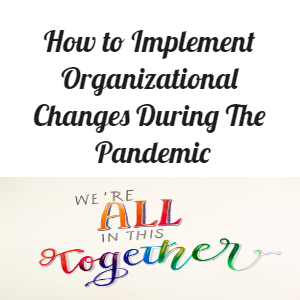Personal and Professional Challenges For Top Executives
Platitudes often fall flat in the business world. They are overused and lack meaning. It will help if you put purpose behind your words. A workplace that is driven by purpose and purposeful words will go a lot further than one that isn’t. Intentional stories will encourage your employees to work harder and more efficiently.
The Job Of A Top Executive
When you are named the top executive in your company, someone sees potential in you. It can fulfill an important job and take the company to a higher place. Your employees will be looking up to you and the decisions you make. They are listening to the words that you are saying to them.
As an executive, you need to find a way to lead and encourage your employees to be the best that they can be. It’s so easy to fall back on the platitudes that we are so familiar with. But, far too often those are meaningless words. Put forth the effort to mean what you are saying and make them have a purpose.
What Is A Platitude?
Compliments and encouragement are a way to encourage your employees. As a top executive at your company, you are the driving force that keeps things going. When talking to your employees, it’s easy to fall back on trite, overused, and meaningless platitudes. There are times there is a little bit of truth behind them, they are more of a cliché.
When complimenting and encouraging, put purpose behind your words. Don’t use the same old sayings that have lost their meaning. Show your employees what they mean to you and encourage them to pursue the purpose.
What Does It Mean To Have Purpose?
A business that is driven with purpose will improve much further. When executives rely solely on platitudes that sound nice to the ear, but lack concrete direction, the business will come short of its potential. Encouragement that is surrounded by concrete and precise direction will lead your company to higher levels than it has ever seen.
Platitudes are easy, they are already thought out but they are directed to a wide audience with a wide array of circumstances. Speak with purpose and your employees will rise to the occasion when clear direction is expressed. Leave the platitude to the greeting cards and speak with purpose.
We would love to hear your comments on this article or any of our latest articles.
Gary Brunson
gary@myclearfocus.com
Debra Rider
debra@myclearfocus.com
574.361.2674
Sustainable Growth & Profit Consultant, Coach, Mentor and Counselor/Therapist for Business Owners and Professionals.










